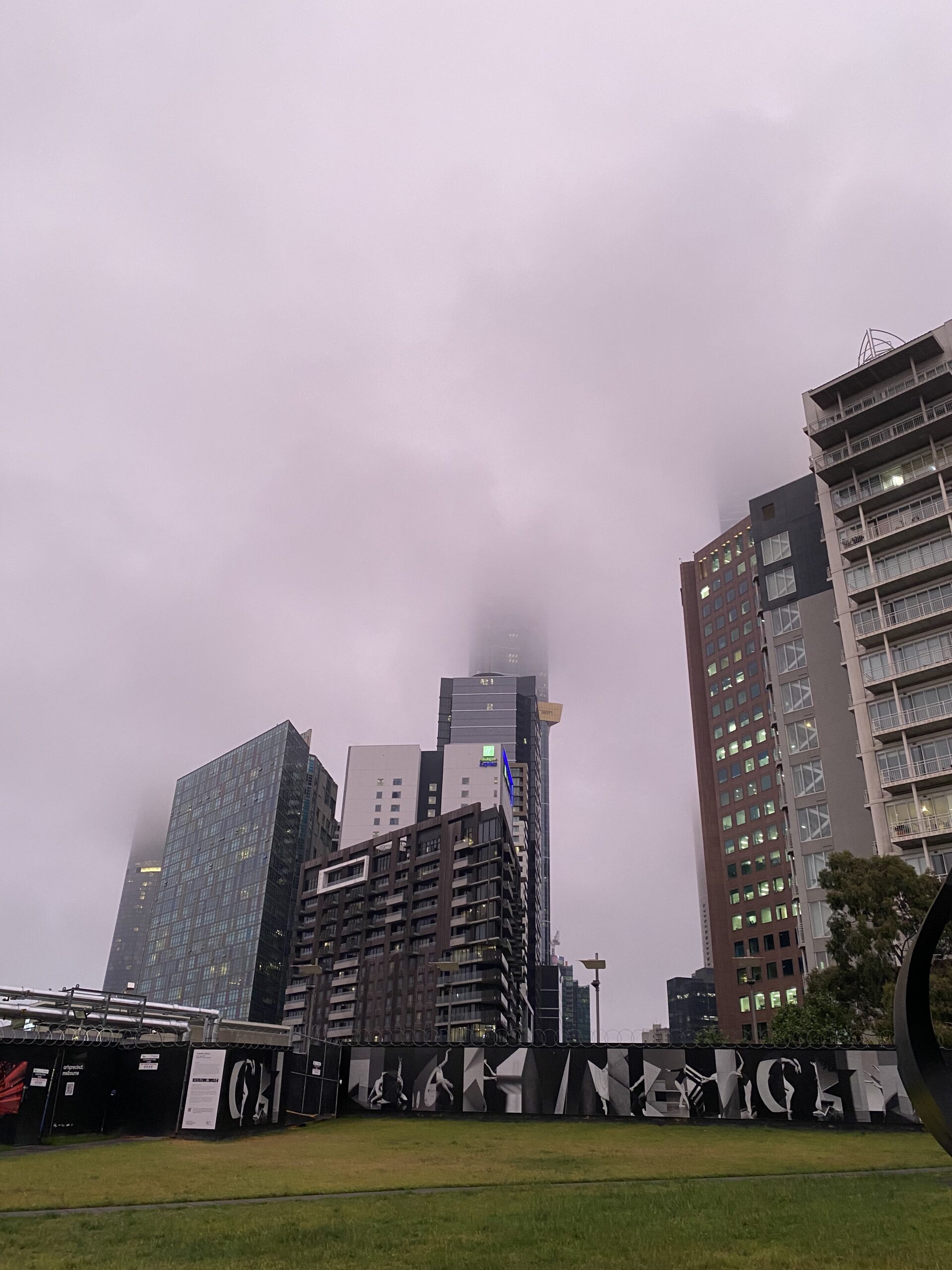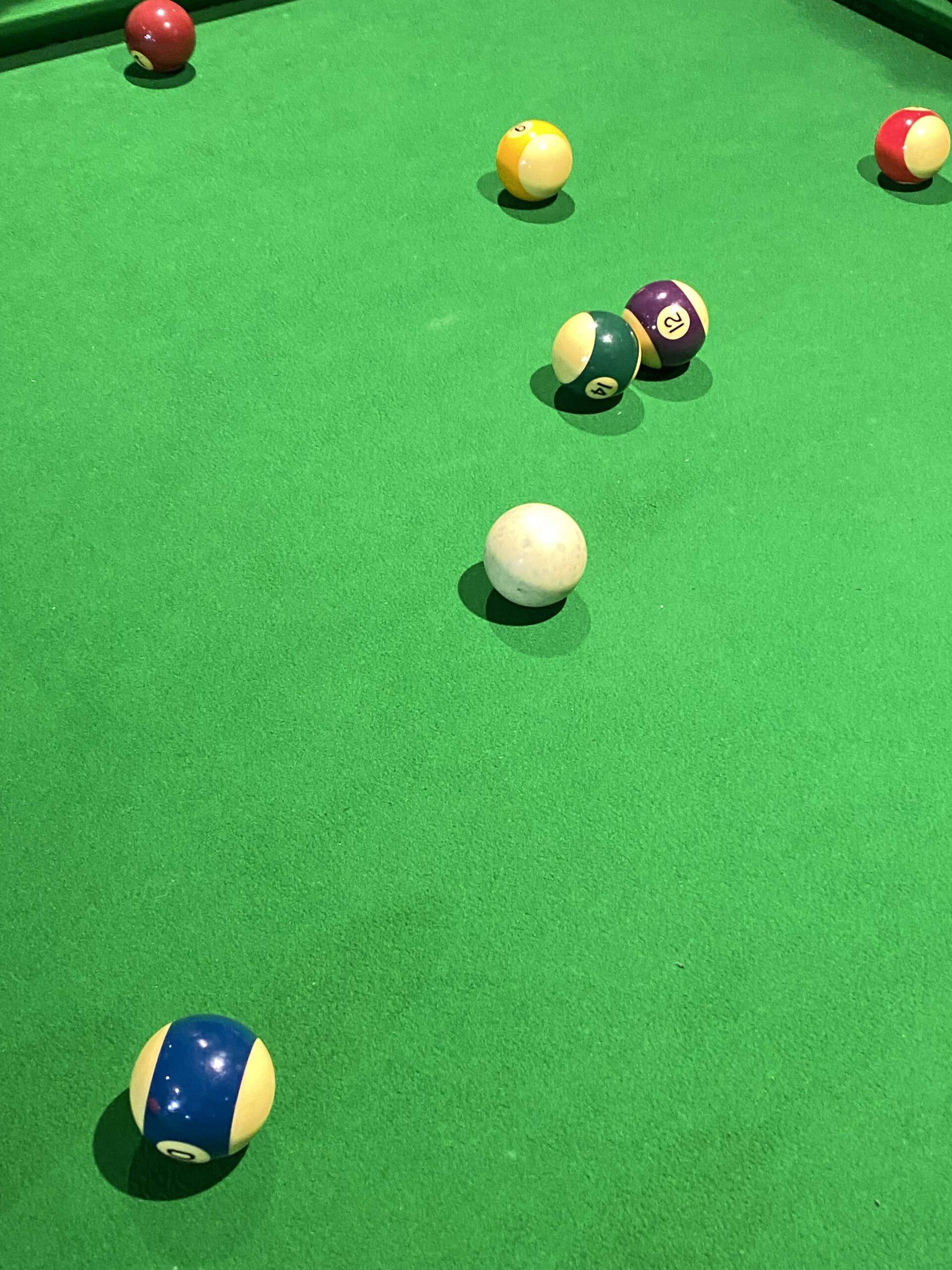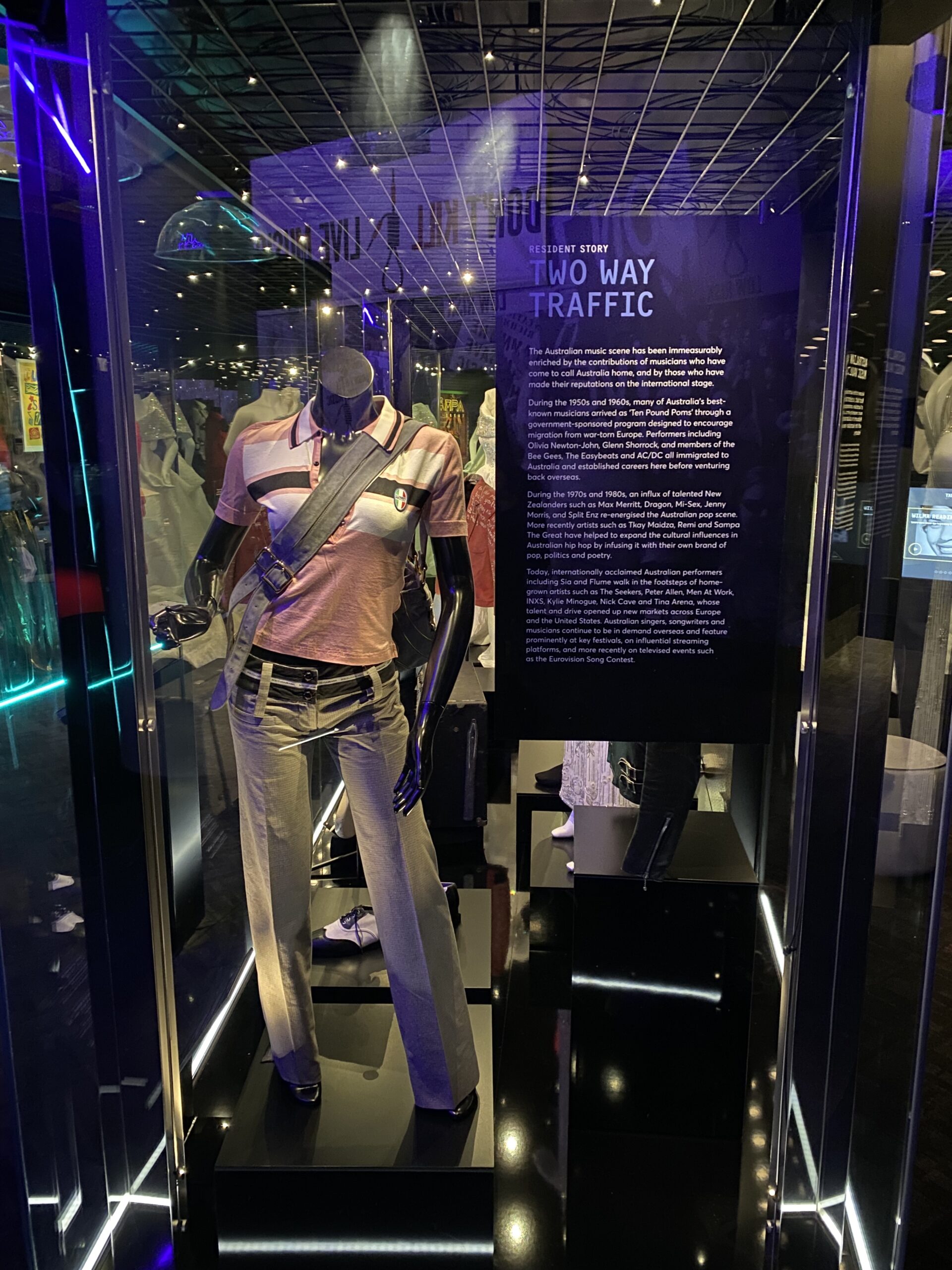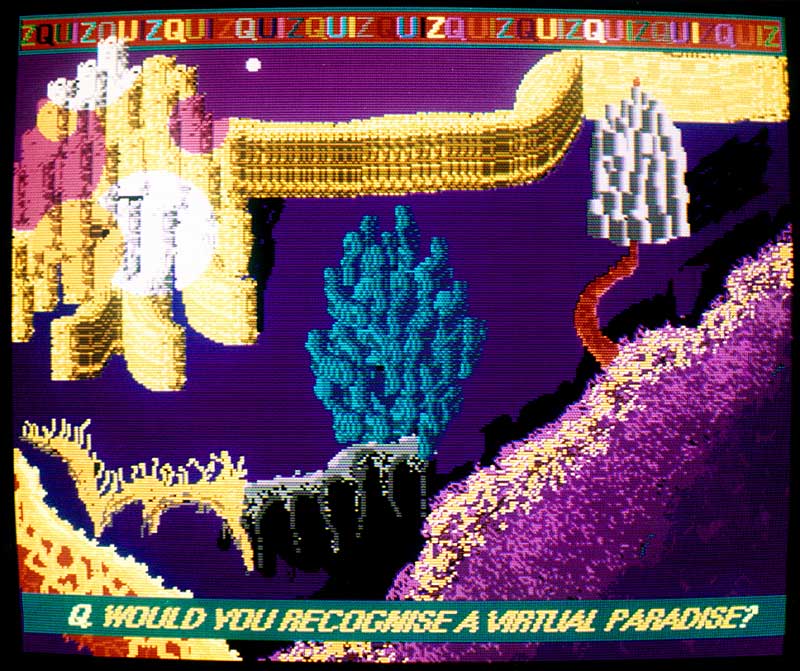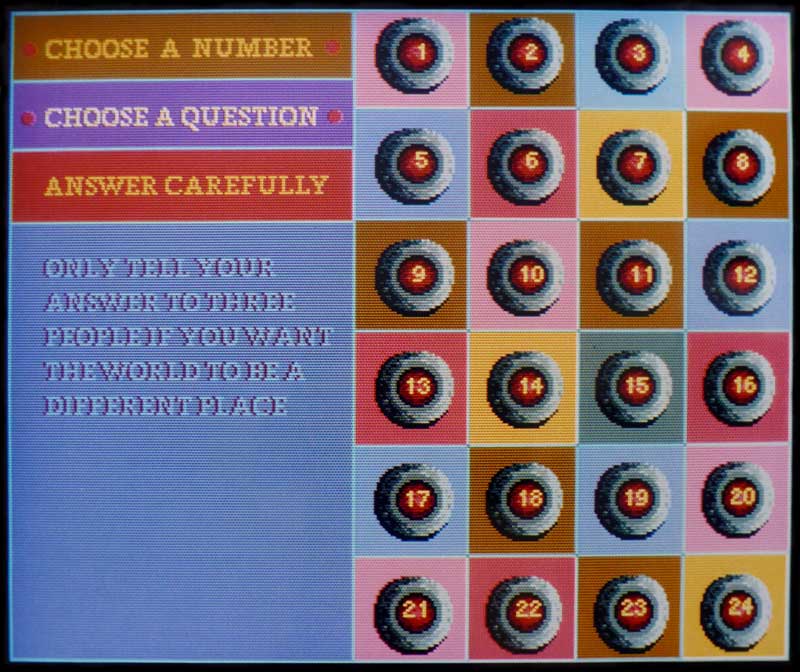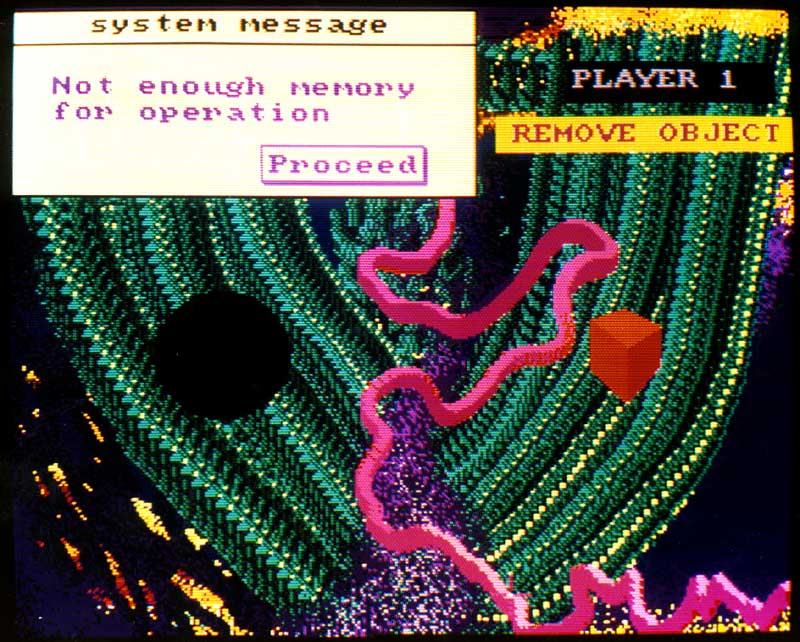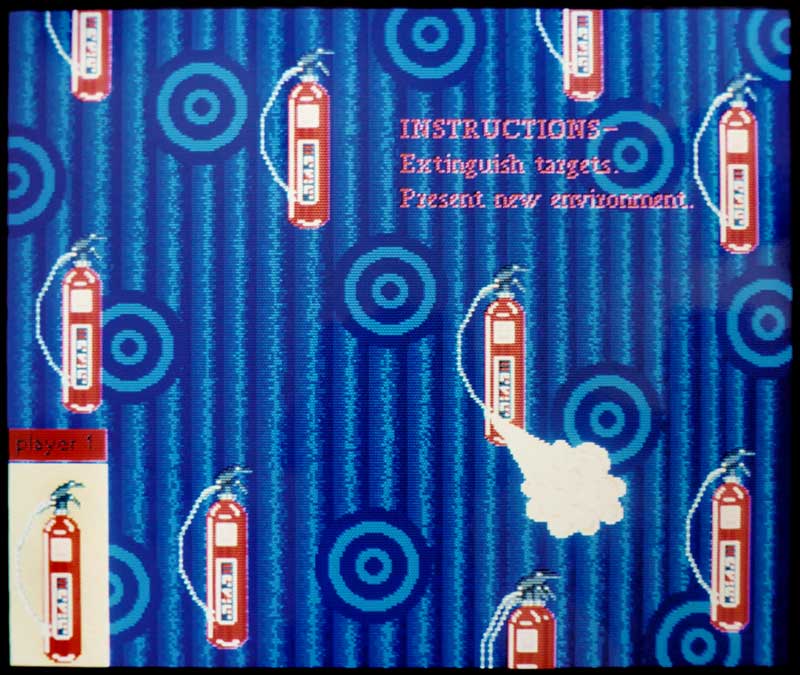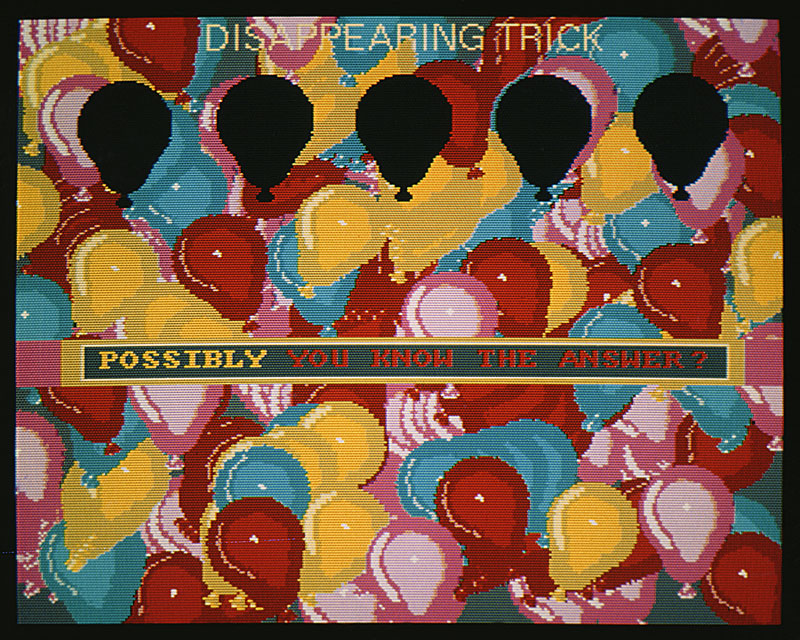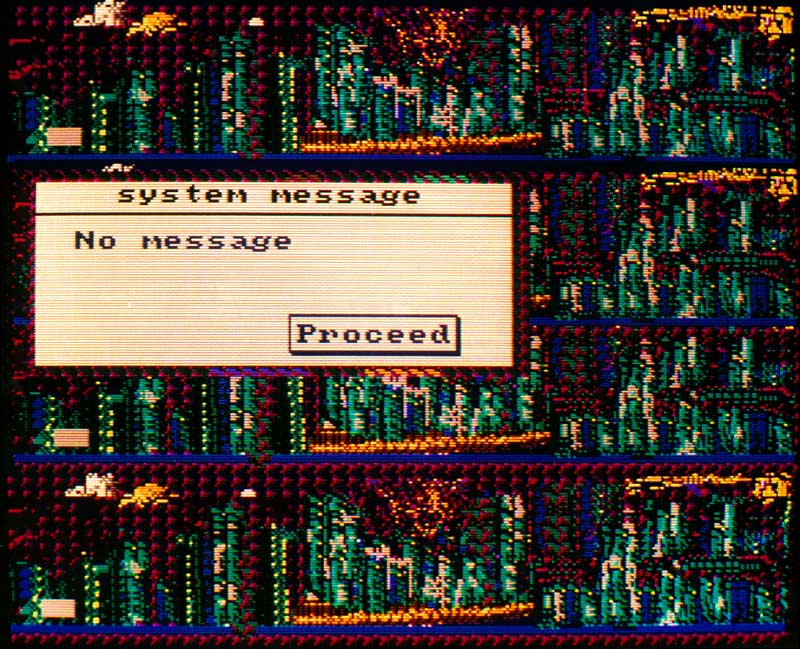inspo.
dumping everything I've been inspired by recently in the one spot...
YouTubers I'm loving...

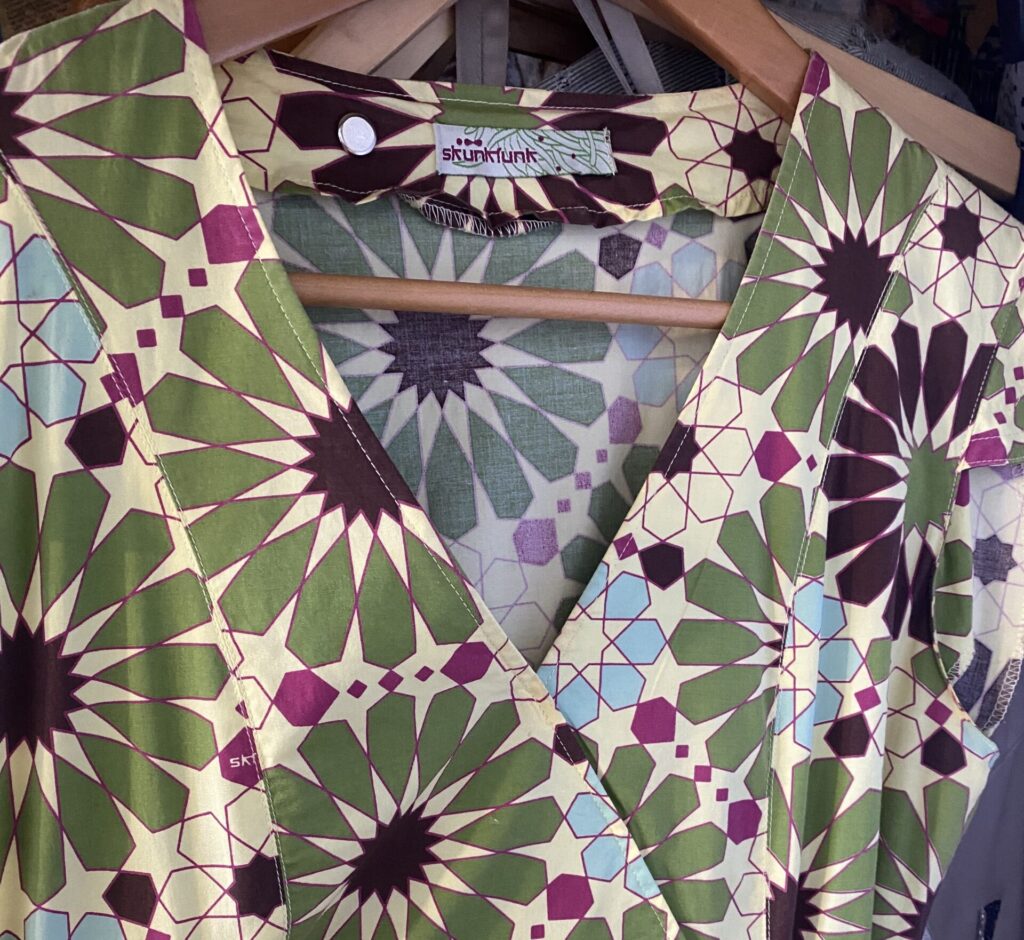
‘skunkfunk’ – a label that I saw whilst op shopping that I thought sounded really cool.
here’s some coffee grounds that got mouldy sitting in our knock tube. that’s probably a little gross. but I thought the colouring was really cool. I’ve always really liked how brown and aqua look together.
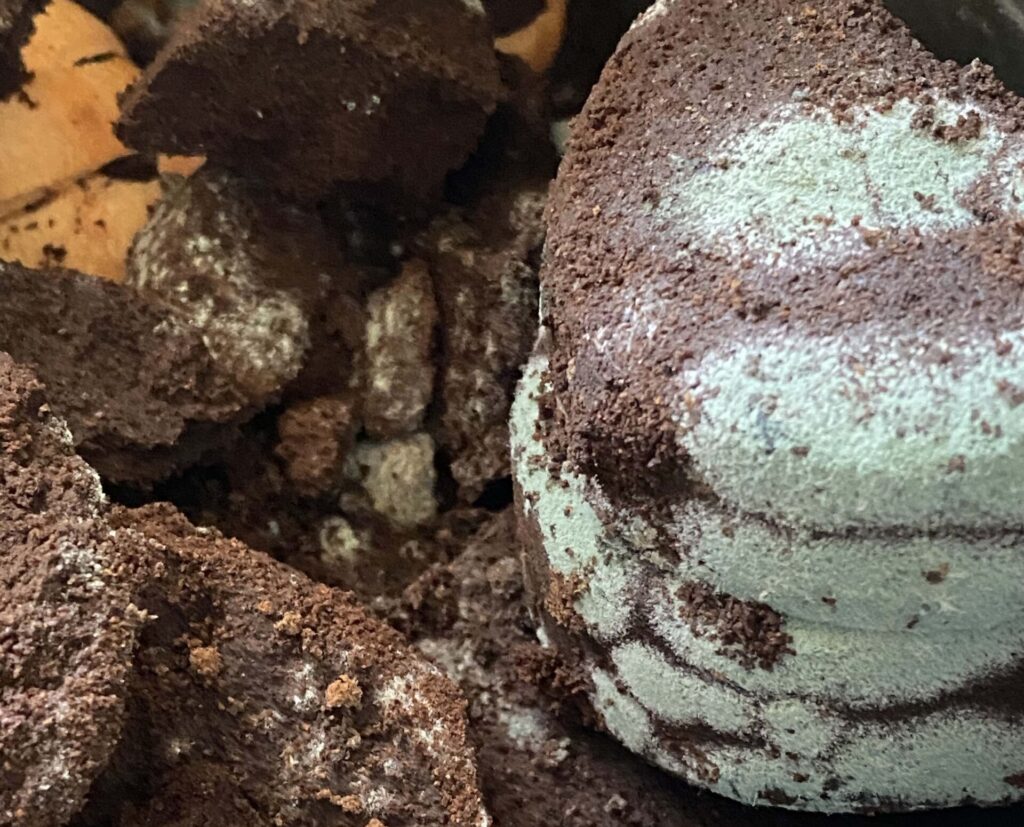
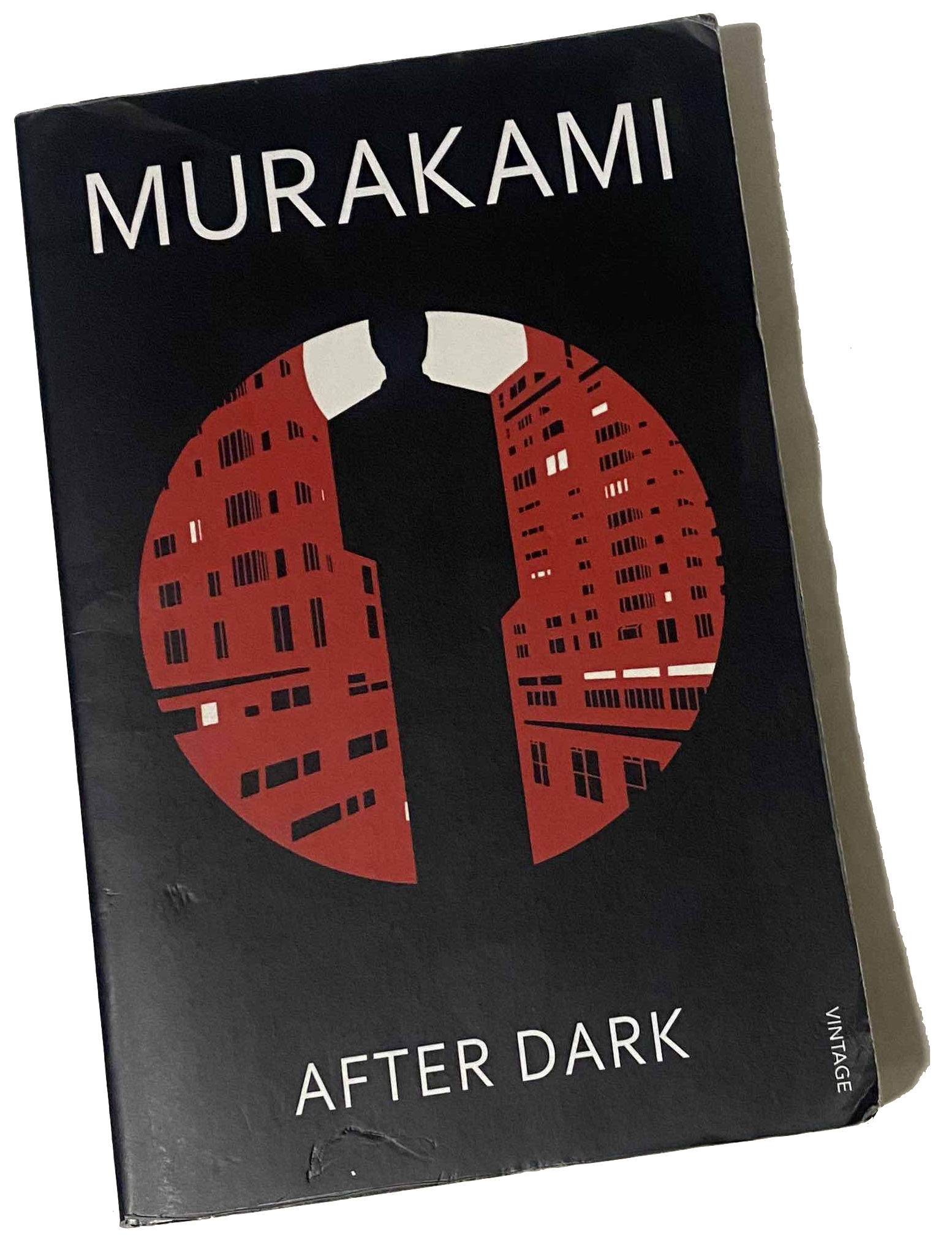
'After Dark': My Favourite Book
'"It's true though: time moves in its own special way in the middle of the night," the bartender says, loudly striking a book match and lighting a cigarette. "You can't fight it."'
"Three a.m. This is the darkest part of the night––and the hardest part. You're not sleepy?"
"The second hand glides its way around the dial. The world moves on continuously, without interruption. Thought and action continue to operate in concert. At least for now."
This book is an absolute masterclass in ambience, surrealism and magical realism. Whilst I'm not a supporter of the way that Murakami writes women, this book is my absolute favourite due to it's atmosphere and the way that in just 200 short pages you are completely swept up by the scenes and characters of Tokyo at night. I love this novel.
“It’s true, though: time moves in its own special way in the middle of the night,” the bartender says, loudly striking a book match and lighting a cigarette. “You can’t fight it.”
The narrative embodiment of Edward Hopper’s oil on canvas, Nighthawks with all of the suave secrecy and dangerous stylishness of a night in the urban shadow-scape of Tokyo. This is Haruki Murakami’s After Dark.
I was possessed by this novel. Sucked into its warped sense of time and enveloped in its precise and cutting description. I loved every second of this book and after hitting quite a few low reads recently, this exploration of a city at night fell into my hands at the perfect time.
I want to start off by talking about the way that Murakami plays around with form in his writing. The novel is filled to the brim with brilliantly transcendent and introspective prose, but at times it can almost be read as a play-script or a screenplay. Back and forth conversations that the author decided should be conveyed in dialogue only take on the ‘Name: dialogue‘ format often featured in play-scripts. Then there were moments at the beginning of chapters where the scene was set immediately and efficient as one might see in a screenplay. With the way that the chapters jumped around to various settings, I found this choice to be highly effective as it meant that there was never any drags in description.
The way that Murakami pays attention to the perspective that the reader is taking is also something that I have never seen in any novel I have ever read before. The intense description of the camera like lens through which we as the reader view certain moments – such as those that take place within Eri Asai’s bedroom – and the way that this lens moves about a space give the text a sense of preciseness and clarity of vision. It was just so interesting to read a setting described in this way, from a very particular lens described in complete detail of its capabilities and limits. At times we are a pure honed point of view, that can travel through solid object and into liminal planes of space, at others we are simply reading the conversations between characters as one might in a conventional novel. This element of magical realism was something that I had never come into contact with before, and I am absolutely obsessed with the heightened environment that it creates, especially within this darkened narrative of the whispers of the night. I loved when Murakami wrote the viewpoint of the reader as ‘our eyes’ and used first person plurals (‘we’ and ‘our’) to describe a perspective. Our camera lens would zoom in so far so, that Murakami would no longer mention our perspective and we would be solely engaging in the conversation and action of the characters and then (and mostly commonly by the end of a chapter) we are zoomed back out to the broader setting of the scene or the movement of Tokyo in the night as a whole. These different focuses of our lens created a real picture of a few particular characters’ experiences after dark, but they also threaded these lives into a collective consciousness of the city as a whole.
This narrative would not be what it is without Murakami’s delicious use of magical realism and surrealism within his writing. Characters look into bathroom mirrors and even after they’ve gone, our perspective stays watching these mirrors and surveying the interior of the bathroom only to find that a character’s reflection hasn’t left the mirror and is staring back blankly into the bathroom from whatever dimension or space they are situated within. It feels like as the reader, I was catching something special, some unexplainable happening of the night that the characters are ignorant to. The use of coincidence and crossing paths within the novel is also beyond masterful. A character sets down a phone and another who is not related to the first in any way, but whom we as the reader have been following throughout the book, picks it up when it rings. A character is being hunted and their hunter stops beside them at a red light without ever noticing them. These moments of tension and release pulse throughout the novel in such a satisfying way.
This is a novel where some of my questions remain unanswered, but it just seems right that it be that way. The Man with No Face is never expressly identified. Shirakawa’s hunter stays searching. Mari sleeps beside Eri, who still has not woken. And yet, with all of these moments, it does not feel that they need explaining. It feels as though they were explored within the throbbing of this magical urban night realm and that with the coming of daylight, it is no longer our responsibility to be concerned with their lives.
Funnily enough, not that much even really happens in this novel, all things considered. But it left such an impression on me. The writing, the style, the magical elements, the craft. I never thought that I would love a book that describes one night in a city as much as I did. But this book was just ethereal and real and painterly and buzzing with life and secrets. Nothing but all of my love and adoration and obsession to this book.
Suzanne Treister: Fictional Videogame Stills (1991 - 92)
view the full collection of artworks on Suzanne Treister’s website.
I first came across Suzanne Treister’s work when it was mentioned in a YouTube video that I was mindlessly watching while collaging (I’ve sadly forgotten the video). I remember feeling that instant gut punch of nostalgia mixed with an element of confusion and vague discombobulation when viewing the pieces in her Fictional Videogame Stills collection. I found Treister’s works eerie – each of them felt so specific and familiar and yet, there was always something off about them. You’re confronted with recognisable pixelated forms, but the shapes don’t always match up into a coherent image. The vibrant saturations of colour often taken on a quality of corruption against their stark black backgrounds. At times it is even the featured text that can be unnerving, bringing to a relatively joyous scene a bizarre and mismatched undertone. I love this juxtaposition of the familiar and the non. I could probably talk about it for hours. But until I get all these thoughts down in an article of some sort, please enjoy a couple of my favourites of Treister’s work in this image carousel (and visit her website!).
Random Websites:
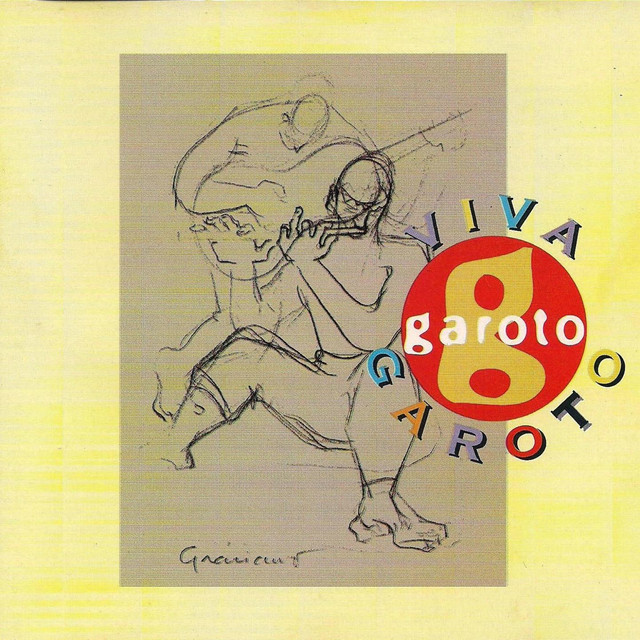
NOW PLAYING...
Garoto, Projeto Memoria Brasileira : Viva Garoto
Favourite tracks:
- Inspiracao
- Voltarei
- Improviso
- Jorge do Fusa
- Choro Triste N 1
- Um Rosto de Mulher
Honestly though, the whole album is gorgeous. Listen to it in order from start to finish xx


